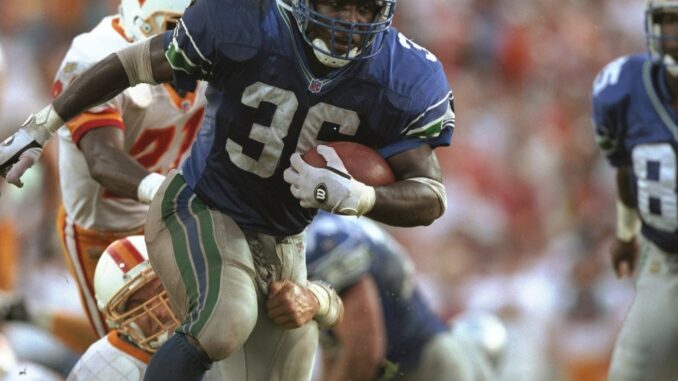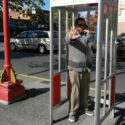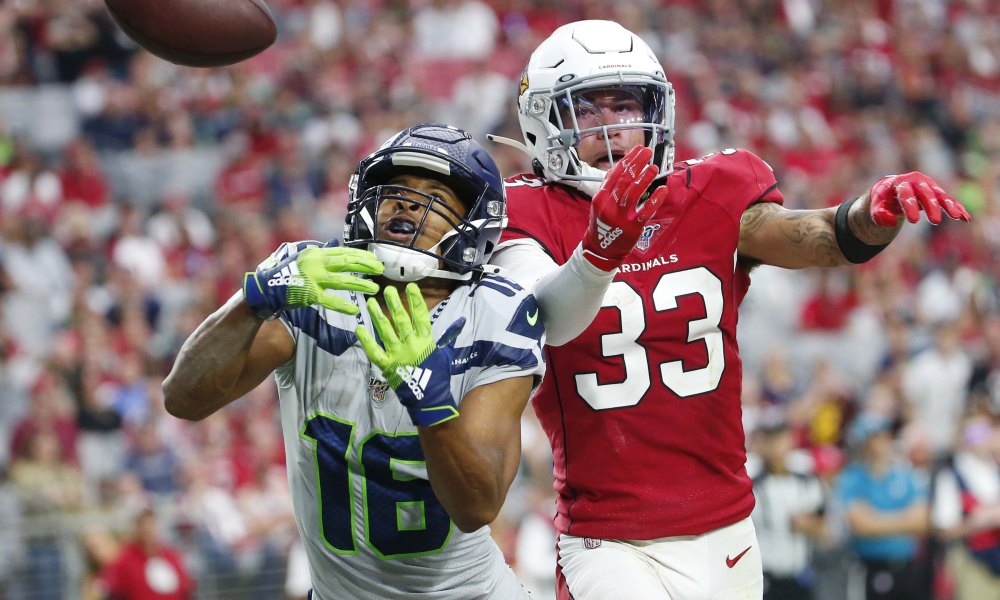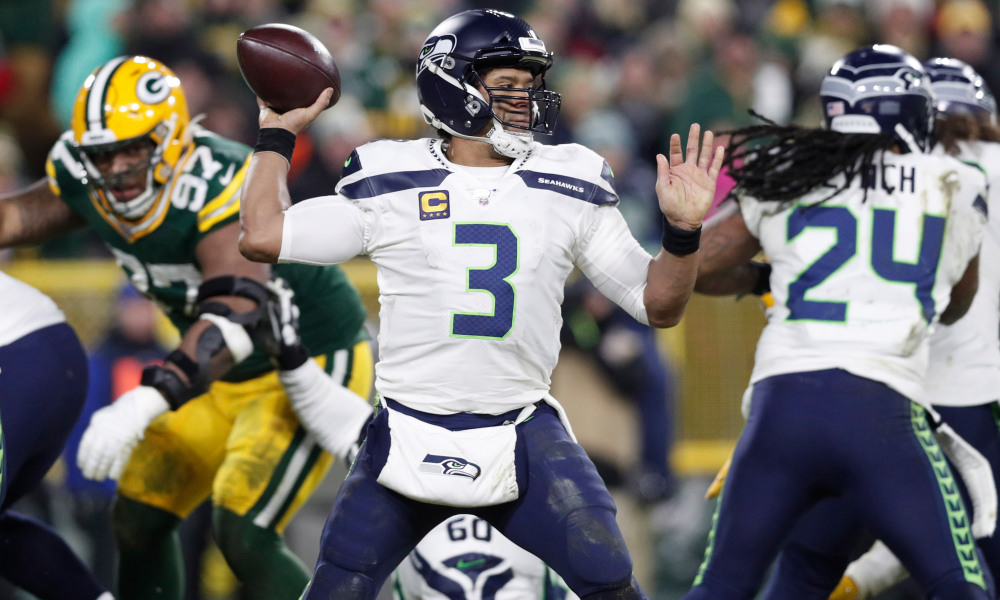
Right now, you might be wondering what the 2022 Seattle Seahawks will look like, and to be fair, you’re not alone. They will likely look something like an expansion franchise which is exactly what they were way back in 1976.
The 1976 Seahawks were a very young team, averaging less than four years in the league on offense. Their starting QB, RB, FB, and WR were all rookies. On defense, they had quite a bit more experience, with the average starter playing in the NFL for at least four years and only one rookie. The team went 2-12 and, needless to say, missed the playoffs. It was a very tough year for a first-time head coach, first-time offensive coordinator, and first-time defensive coordinator, but they pressed on, earning a winning record in years three and four.
Despite their youth in their first season, Seattle had the 21st ranked offense in both yards and points, with the number seven passing offense and the last place rushing offense. Their defense was ranked dead last overall in yards and points, coming in number 25 in passing and last in rushing – which was surprising given who they had leading the team.
First-year head coach Jack Patera came to Seattle from Minnesota, where he had helped build the great “Purple People Eaters” defense of the 1970s. Expectations were high he could build a first-rate defense in Seattle. In his time with the team, Seattle’s defense never finished higher than 24th in the league, and their first top-10 finish occurred the same year (1982). Patera was fired two games into the season. If not for John McKay’s Tampa Bay teams going winless for 1976 and most of 1977, history may have paid a lot more attention to what was going on in Seattle with Patera. For Patera’s sake, his time in Seattle, while important as the initial era of the team, was ultimately a footnote in the franchise’s history.
One key in establishing a great defensive line is continuity. Before coming to Seattle, Patera worked with two of the greatest defensive lines in the game’s history – the Fearsome Foursome with the Rams (1963-1967) and the Vikings (1969-75). For 12 seasons with two different teams, Patera had ten starters total on the defensive line, four of them Hall Of Famers. In six seasons with Seattle, Patera had sixteen different starters on his defensive line, none of them going on to Canton. It’s possible Patera just got unlucky with his players in Seattle, but it’s also possible two of the best defenses in the history of the league were good regardless of his involvement.
During Patera’s tenure, Seattle had just two winning seasons and never made the playoffs. Before you take a beat to feel bad for Patera, know that he definitely knew what he was signing up for; expansion teams are rarely early winners. Expansion drafts are not simply new teams taking players from existing teams. In 1976 the rules were simple – teams could protect their top 29 players (enough to protect all 22 starters and seven reserve players), and the remaining players could be selected by the new teams. As soon as one player was selected, the team they were on could protect an additional two players. So best case scenario – you’re signing up to coach a team made up entirely of guys other teams felt were unnecessary, and you’re adding to that roster with unproven rookies.
Despite playing for a coaching staff that was not fit for the job, the inaugural Seattle team had some good players that accomplished good things anyway. Below are the players who will forever be immortalized as original members of the Seattle Seahawks.
QB Jim Zorn (1976 – 1983)
Undrafted and cut by Dallas before his rookie year began, Zorn was out of football in 1975. Zorn was signed by Seattle a year later to be their first starting QB. Zorn was an underrated runner, often scrambling for extra yards when protection broke down. Whether he was running due to a poor offensive line or due to his preference as an out-of-the-pocket passer, Zorn quickly established himself as a mobile QB. While he struggled with turnovers by throwing for more interceptions than touchdowns in all but two of his seasons as a starter, Zorn often made something out of nothing as plays broke down, and he was left to make things work with his arm and legs. Zorn was selected as an all-pro in 1978 and selected to the Seattle Ring of Honor in 1991.
LT Nick Bebout (1976-1979)
One of Seattle’s first picks in the expansion draft, Bebout went from Atlanta to Seattle in the blink of an eye. Used to protecting right-handed passers, Bebout was elevated from back up in Atlanta for a traditional offensive line to one in Seattle, where the line was flipped to protect a left-handed passer Zorn. Bebout played three years in Seattle as the primary starter at left tackle.
RT Norm Evans (1976-1978)
A yearly starter for the 1970s Dolphins, Evans likely came to Seattle with many expectations to get their running game going. But going from the right tackle on a traditional offensive line opening the running game, and protecting right-handed passers, and now being the blindside blocker for a left-handed and rookie passer, must have had its challenges. Evans stayed in Seattle for three seasons before retiring at 36 at the end of the 1978 season.
RB Sherman Smith (1976-1982)
Smith was the first running back for Seattle, starting a decades-long tradition of mobile passers and running backs teaming up to do great things together. Working behind one of the league’s worst offensive lines had its setbacks, and Smith’s career-high 805 yards in 1978 was the best he could produce. Smith was a dual-threat runner ahead of his time and recorded at least 30 receptions four times. He topped 1000 scrimmage yards three consecutive times from 1977-1979, scoring 15 total touchdowns in 1979.
WR Steve Largent (1976-1989)
Originally drafted by Houston, Largent was nearly cut by the Oilers before being traded to Seattle before his rookie year began. Largent developed a near-instant connection with rookie QB Jim Zorn; however, Largent would go on to the Hall of Fame as one of the most accomplished receivers in the game and still holds many Seattle franchise records with a sizable lead in yards, receptions, and touchdowns.
TE Ron Howard (1976-1978)
After attending high school in Pasco, Washington, and college in Seattle, Howard went undrafted in 1974 before being signed by Dallas as a free agent. Howard can be thought of as a precursor to players like Antonio Gates and Jimmy Graham, who played competitive football for the first time at the professional level after playing basketball in college. Howard was selected by Seattle in the expansion draft, and while he only played three years, he made quite the impact before injury forced him out. His 37 receptions in 1976 were the most in a season by a Seattle tight end until 2002.
LB Mike Cutis (1976)
Curtis was thought to be a steal from the Colts in the expansion draft, as he was a two-time all-pro linebacker and Super Bowl champion with a lengthy resume. However, Curtis was coming off a knee injury and, already 33 years old with eleven years in the league, was in the twilight of his career. Curtis played just one year in Seattle before being cut and playing for Washington for two more years before he retired.
DB Dave Brown (1976-1986)
The first-round pick of the Pittsburgh Steelers in 1975 and a Super Bowl champion his rookie year, Brown likely thought his NFL career would feature a lot of playoff games and championship parades. It was not to be as he was taken by Seattle in the 1976 expansion draft. A two-time all-pro, Brown stayed in Seattle for the first ten years of his career and currently holds the franchise record for interceptions, interception yards, and interceptions returned for touchdowns and was elected to the Seattle Ring of Honor in 1992.




